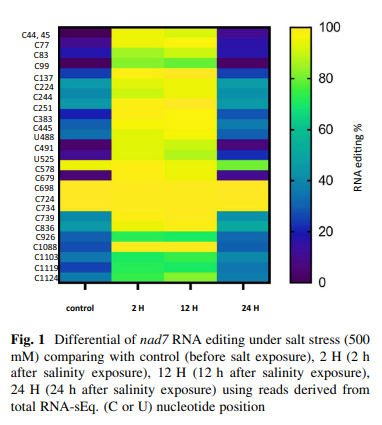Transverse momentum spectra of strange hadrons within extensive and nonextensive statistics
Using generic (non)extensive statistics, in which the underlying system likely autonomously manifests its extensive and nonextensive statistical nature, we extract various fit parameters from the CMS experiment and compare these to the corresponding results obtained from Tsallis and Boltzmann statistics. The present study is designed to indicate the possible variations between the three types of statistical approaches and characterizes their dependence on collision energy, multiplicity, and size of the system of interest. We analyze the transverse momentum spectra pT of the strange hadrons Ks, Λ, and Ξ- produced in Pb + Pb collisions, at √sNN = 2.76 TeV, in p + Pb collisions, at √sNN = 5.02 TeV, and in p + p collisions, at √sNN = 7 TeV. From the comparison of the resulting fit parameters; temperature T, volume V, and nonextensvie parameter d, with calculations based on Tsallis and Boltzmann statistics, remarkable differences between the three types of statistics are determined besides a strong dependence on size and type of the colliding system. We conclude that the produced particles with large masses and large strange quantum numbers likely freeze out earlier than the ones with smaller masses and less strange quantum numbers. This conclusion seems not depending on the type of the particle or the collision types but apparently manifesting transitions from chemical (larger temperature) to the kinetic freezeouts (lower temperature). For the first universality (equivalent) class c ∼ 1, the decrease in the second equivalent class d with increasing energy and collision's centrality highlights that the system departs from nonextensivity (non-equilibrium) and apparently approaches extensivity (equilibrium) indicating that the Boltzmann statistics becomes the proper statistical approach in describing that system. Last but not least, we present analytical expressions for the energy dependence of the various fit parameters. © 2020 IOP Publishing Ltd.


